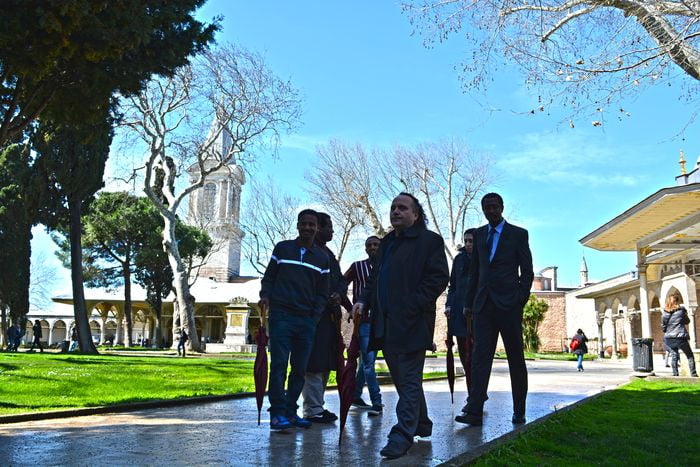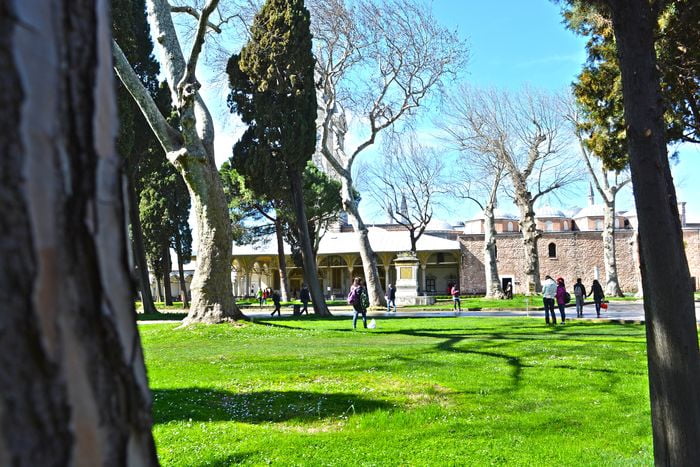And because everything told about them is true, and the object in view is the glory of God and the saints whom He has honoured, our salvation, and the shame of the devil, we worship and embrace and love these utterances, and receive them with our whole heart as we do the whole of the old and new dispensation, and all the spoken testimony of the holy fathers.
Now, we reject the evil, abominable writings of heathens and Manicheans and all other heretics, as containing foolishness and lies, promoting the advantage of Satan and his demons, and giving them pleasure, although they contain the name of God. So with regard to images we must manifest the truth, and take into account the intention of those who make them.
The glory of Christ
If it be in very deed for the glory of God and of His saints to promote goodness, to avoid evil, and save souls, we should receive and honour and worship them as images, and remembrances, likenesses, and the books of the illiterate. We should love and embrace them with hand and heart as reminders of the incarnate God, or His Mother, or of the saints, the participators in the sufferings and the glory of Christ, the conquerors and overthrowers of Satan, and diabolical fraud. If any one should dare to make an image of Almighty God, who is pure Spirit, invisible, uncircumscribed, we reject it as a falsehood.
If any one make images for the honour and worship of the Devil and his angels, we abhor them and deliver them to the flames. Or if any one give divine honours to the statues of men, or birds, or reptiles, or any other created thing, we anathematise him. As our forefathers in the faith pulled down the temples of demons, and erected on the same spot churches dedicated to saints whom we honour, so they overturned the statues of demons, and set up instead the images of Christ, of His holy Mother, and the saints.
Even in the old dispensation, Israel neither raised temples to human beings, nor held sacred the memory of man. At that time Adam’s race was under a curse, and death was a penalty, therefore a mourning. A corpse was looked upon as unclean, and the man who touched it as contaminated. But since the Godhead has taken to Himself our nature, it has become glorified as a vivifying and efficacious remedy, and has been transformed unto immortality. Thus the death of the saints is a rejoicing, and churches are raised to them, and their images are set up.
Read More about Apologia of St John Damascene Against those who Decry Holy Images Part 54








